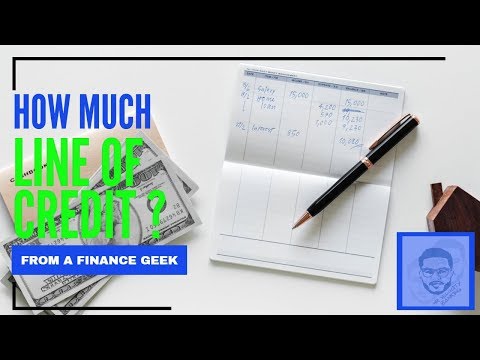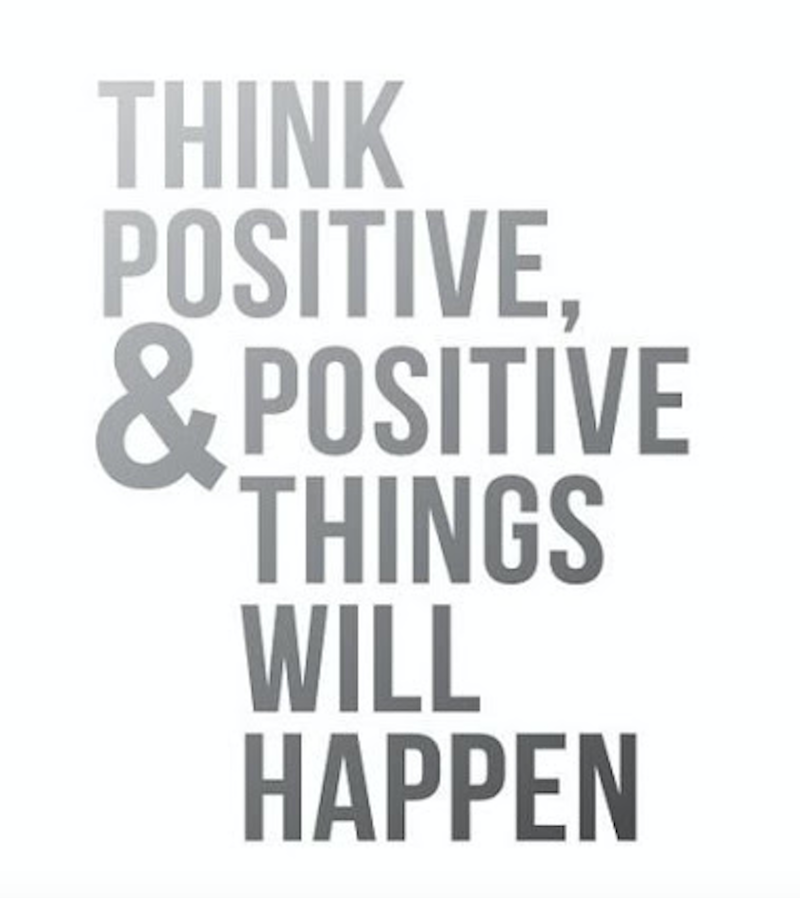The current volatility cannot be known ahead of time, so the VIX is best used in tandem with historical analysis of support and resistance lines. Get stock recommendations, portfolio guidance, and more from The Motley Fool’s premium services. This cost of borrowing money can be important to both your personal finances and evaluating a company.
- A keynote to add here is that this formula is for the S&P 500 Index.
- VIX values are calculated using the CBOE-traded standard SPX options, which expire on the third Friday of each month, and the weekly SPX options, which expire on all other Fridays.
- Alternatively, a high VVIX suggests the VIX might be more volatile in the future, which in turn can indicate a market belief that the SPX might also be more volatile.
- If the VIX value increases, it is likely that the S&P 500 is falling, and if the VIX value declines, then the S&P 500 is likely to be experiencing stability.
- The VIX typically has a negative correlation with the S&P 500, so when the VIX is low, the S&P 500 is usually experiencing a rise in price.
To predict future volatility for specific months, the calculations would be to measure previous months’ volatility and then expect the same pattern would continue. Traders who brave volatile markets should look filling the gap stocks for a trend reversal. Sometimes compared to an electrocardiogram, the VIX index chart ($VIX) gets to the heart of the matter. Quite simply, when the VIX is trending higher, it indicates fear increasing.
The strike range of an SOQ calculation also differs from that of the VIX Index calculation at other times. Only SPX options with more than 23 days and less than 37 days to the Friday SPX expiration are used in the calculation. This incorporated a new way to measure expected volatility based on the S&P 500 Index. Miranda Marquit has been covering personal finance, investing and business topics for almost 15 years.
What is the VIX of the VIX?
Unlike historical volatility, implied volatility comes from the price of an option itself and represents volatility expectations for the future. Because it is implied, traders cannot use past performance as an indicator of future performance. Instead, they have to estimate the potential of the option in the market. The VIX is an index run by the Chicago Board Options Exchange, now known as Cboe, that measures the stock market’s expectation for volatility over the next 30 days based on option prices for the S&P 500. Volatility is a statistical measure based on how much an asset’s price moves in either direction and is often used to measure the riskiness of an asset or security.
True to its name, the S&P 500 index is composed of 500 of the largest publicly traded companies in the U.S. Because the S&P 500 includes so many large companies across several different market sectors, it is generally viewed as a good indication of how the U.S. stock market is performing overall. But the price of the VIX Index varies on a constantly changing portfolio of SPX options. These change on a minute-by-minute basis, so it can’t be bought by stock market investors or traders. There are a range of different securities based on the CBOE Volatility Index that provide investors with exposure to the VIX. Alternatively, you can buy and sell VIX options and futures contracts.
- These levels may indicate potential areas of support at the lows and areas of resistance at the highs.
- It is important to remember that these large market movers are like ocean liners—they need plenty of time and water to change direction.
- But VIX-tracking funds are typically used by day traders and tend to be extraordinarily risky.
- In times of uncertainty, investors will pay a premium for what’s essentially a form of insurance.
- When VIX returns are higher, market participants are more likely to pursue investment strategies with lower risk.
Like the VIX, the VXN functions best as a “fear gauge” or indicator of market nervousness about the technology sector. All information on The Forex Geek website is for educational purposes only and is not intended to provide financial advice. Any statements about profits or income, expressed or implied, do not represent a guarantee.
How Does the VIX Measure Market Volatility?
If the market drops, the VIX is likely to rise, letting the investor profit from the options, recouping some of their investment losses. It is important to remember that these large market movers are like ocean liners—they need plenty of time and water to change direction. If institutions think the market is turning bearish, they can’t quickly unload the stock. Instead, they buy put option contracts or sell call option contracts to offset some of the expected losses. We believe everyone should be able to make financial decisions with confidence.
Tips on Managing Volatility
IG accepts no responsibility for any use that may be made of these comments and for any consequences that result. With us, you can take a position on the movement of the VIX with options, futures or ETFs via CFDs. If the S&P 500 does rise, then the VIX is likely to move to a lower level, and you could take a profit. However, shorting volatility is inherently risky, as there is the potential for unlimited loss if volatility spikes.
The VIX is a unique index that gives investors access to investment strategies that can be hard to implement in other ways. If we look at the aforementioned VIX mantra, in the context of option investing, we can see what options strategies are best suited for this understanding. Market data provided is at least 10-minutes delayed and hosted by Barchart Solutions. To see all exchange delays and terms of use, please see disclaimer.
Technically speaking, the CBOE Volatility Index does not measure the same kind of volatility as most other indicators. Volatility is the level of price fluctuations that can be observed by looking at past data. Instead, the VIX looks at expectations of future volatility, also known as implied volatility. Times of greater uncertainty (more expected future volatility) result in higher VIX values, while less anxious times correspond with lower values. Such VIX-linked instruments allow pure volatility exposure and have created a new asset class. The VIX is calculated using average weighted real-time call and put prices across the S&P 500 index with an expiration date of between 23 and 37 days out.
The yield on the 10-year Treasury edged up to 4.55% from 4.54% late Monday. It is near its highest level since 2007 and up sharply from about 3.50% in May and from 0.50% about three years ago. In China, concerns continued over heavily indebted real estate developer Evergrande. The property market crisis there is dragging on China’s economic growth and raising worries about financial instability. Indeed, the Nasdaq soared 157% in a 15-month period from January 1999 to its peak level of 5,048 on March 10, 2000, before plunging 52% to below 2,500 by December 20, 2000. The S&P 500, by comparison, only gained 21% from January 1999 to its March 24, 2000 peak, and then declined back down 18% by the end of 2000.
And now that you understand what the VVIX is, it might become a valuable part of your trade-identification toolbox. IG International Limited is licensed to conduct investment business and digital asset how risky is day trading business by the Bermuda Monetary Authority. VXX is a type of product, specifically an Exchange Traded Note (ETN), used to trade volatility on the S&P 500, while VIX is an index measuring volatility.
Your actual trading may result in losses as no trading system is guaranteed. You accept full responsibilities for your actions, trades, profit or loss, and agree to hold The Forex Geek and any authorized distributors of this information harmless in any and all ways. Although it may look confusing for the new traders, the Volatility Index can be a useful trading tool when correctly applied. Traders need to take care of certain aspects like calculations of the Volatility Index and the overall market sentiment. Since option prices are available in the open market, they identify the volatility of a particular asset.
Stocks perform better when volatility is low
But for those who are more inclined to trade and speculate, ETFs that track the VIX can be a useful tool. When uncertainty and fear hits the market, stocks crypto trader generally fall, and your portfolio could take a hit. But having a small amount of money invested in an ETF that tracks the VIX can help dampen the blow.
The VIX is merely a suggestion, and it’s been proven to be wrong about the future direction of markets nearly as often as it’s been right. That’s why most everyday investors are best served by regularly investing in diversified, low-cost index funds and letting dollar-cost averaging smooth out any pricing swings over the long term. The VIX index measures volatility by tracking trading in S&P 500 options. The VXN is quoted in percentage terms, just like its better-known counterpart the Cboe Volatility Index (VIX), which measures 30-day implied volatility for the S&P 500 index. The Charles Schwab Corporation provides a full range of brokerage, banking and financial advisory services through its operating subsidiaries. Neither Schwab nor the products and services it offers may be registered in your jurisdiction.
Greater volatility means that an index or security is seeing bigger price changes—higher or lower—over shorter periods of time. The CBOE Volatility Index (VIX) is a real-time index that represents the market’s expectations for the relative strength of near-term price changes of the S&P 500 Index (SPX). Because it is derived from the prices of SPX index options with near-term expiration dates, it generates a 30-day forward projection of volatility. Volatility, or how fast prices change, is often seen as a way to gauge market sentiment, and in particular the degree of fear among market participants. The most significant words in that description are expected and the next 30 days.
Data contained herein from third-party providers is obtained from what are considered reliable sources. However, its accuracy, completeness, or reliability cannot be guaranteed. Learn to overcome the biggest opposition in trading, your own psyche, with John Carter’s Top 5 Mistakes guide.


